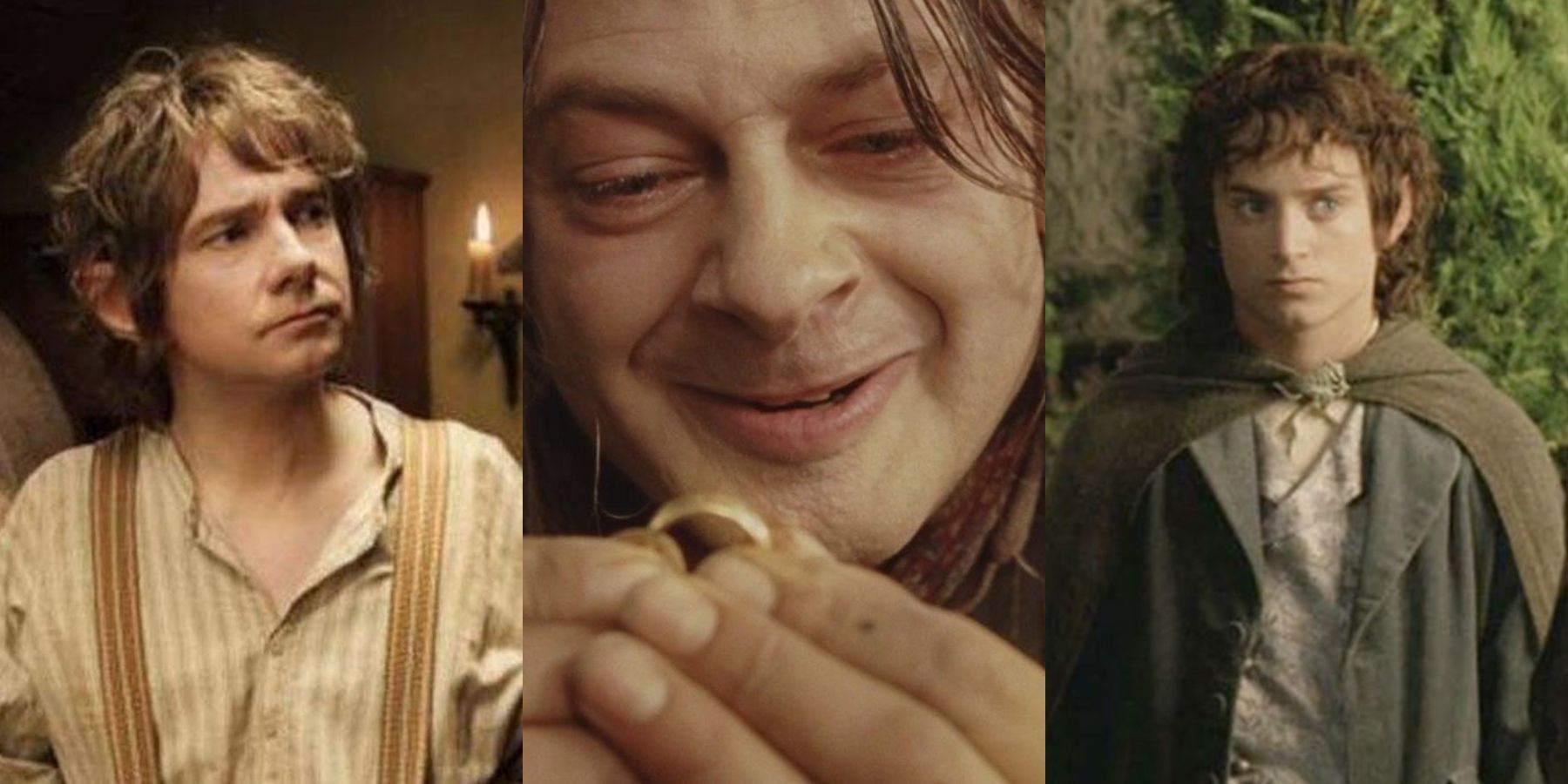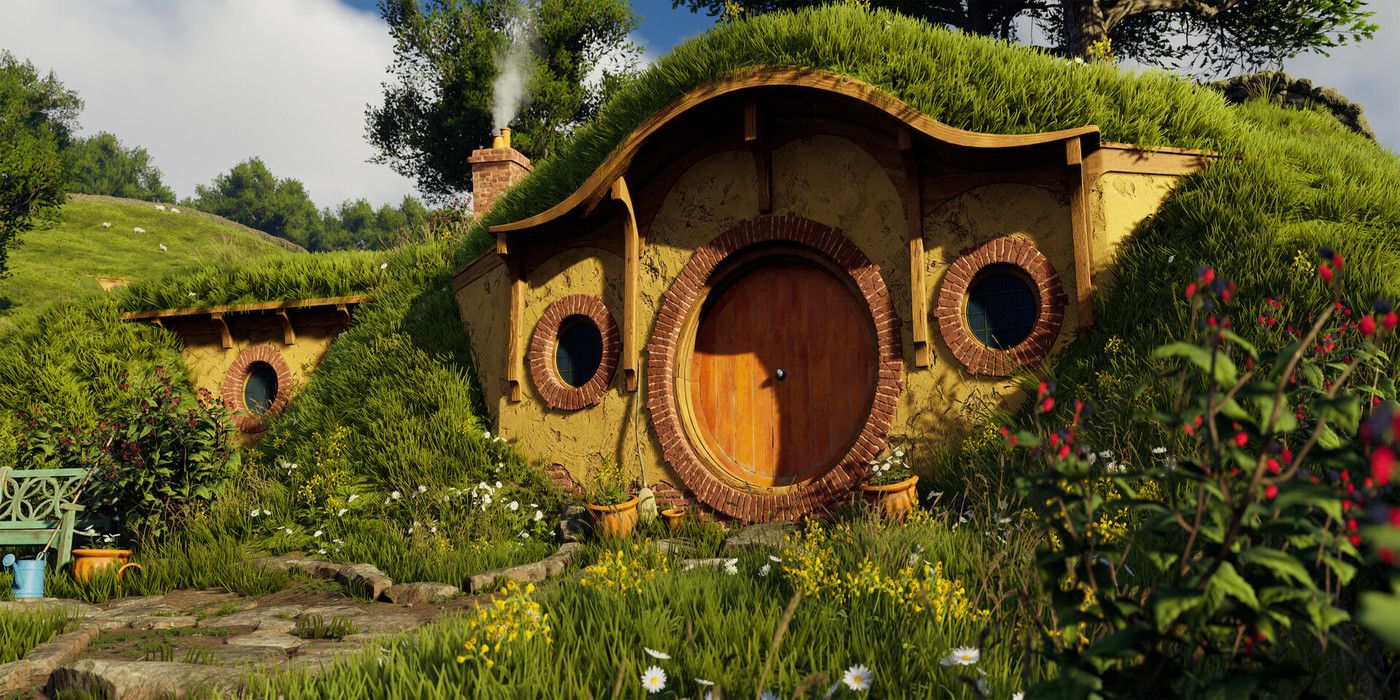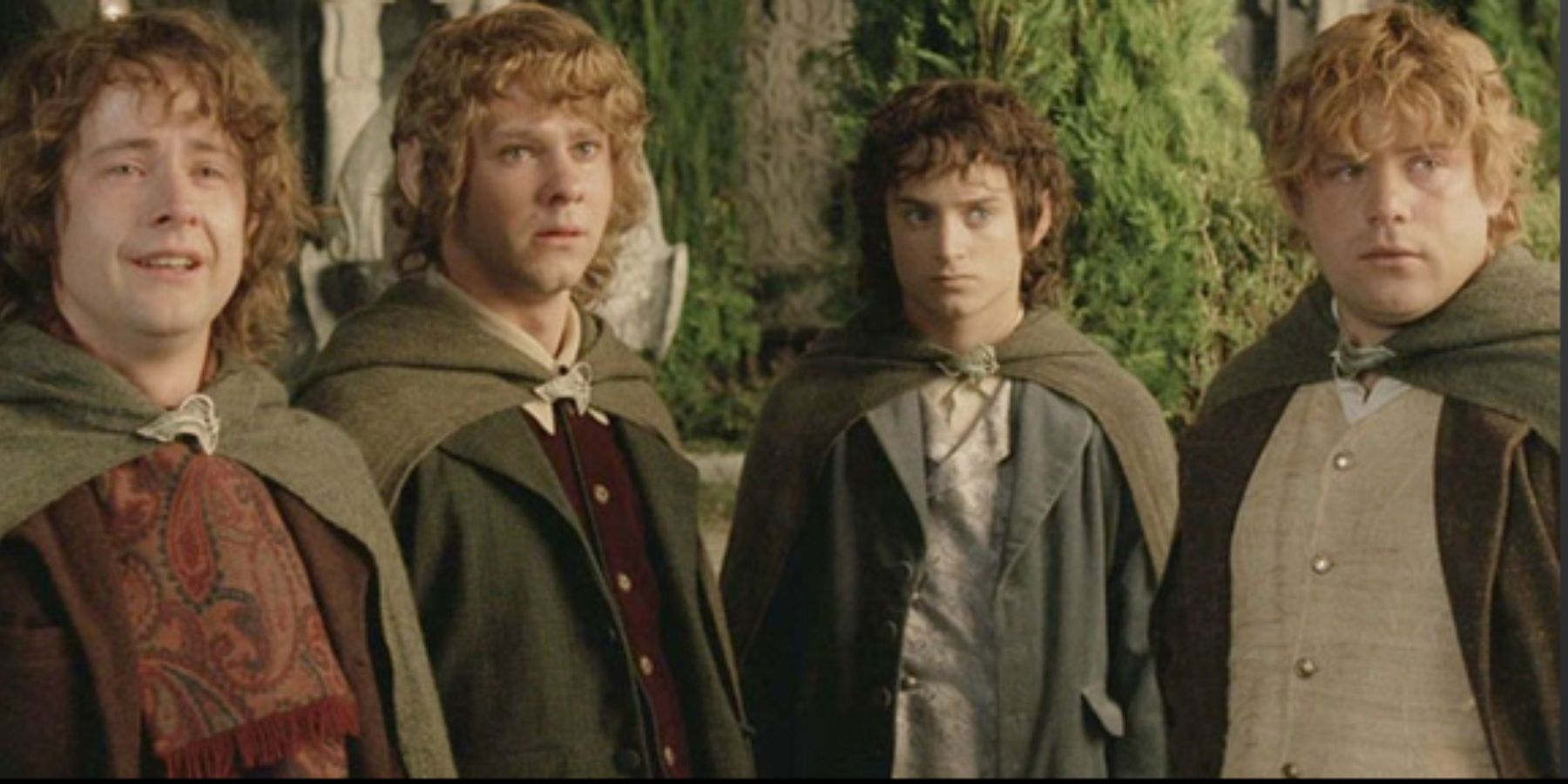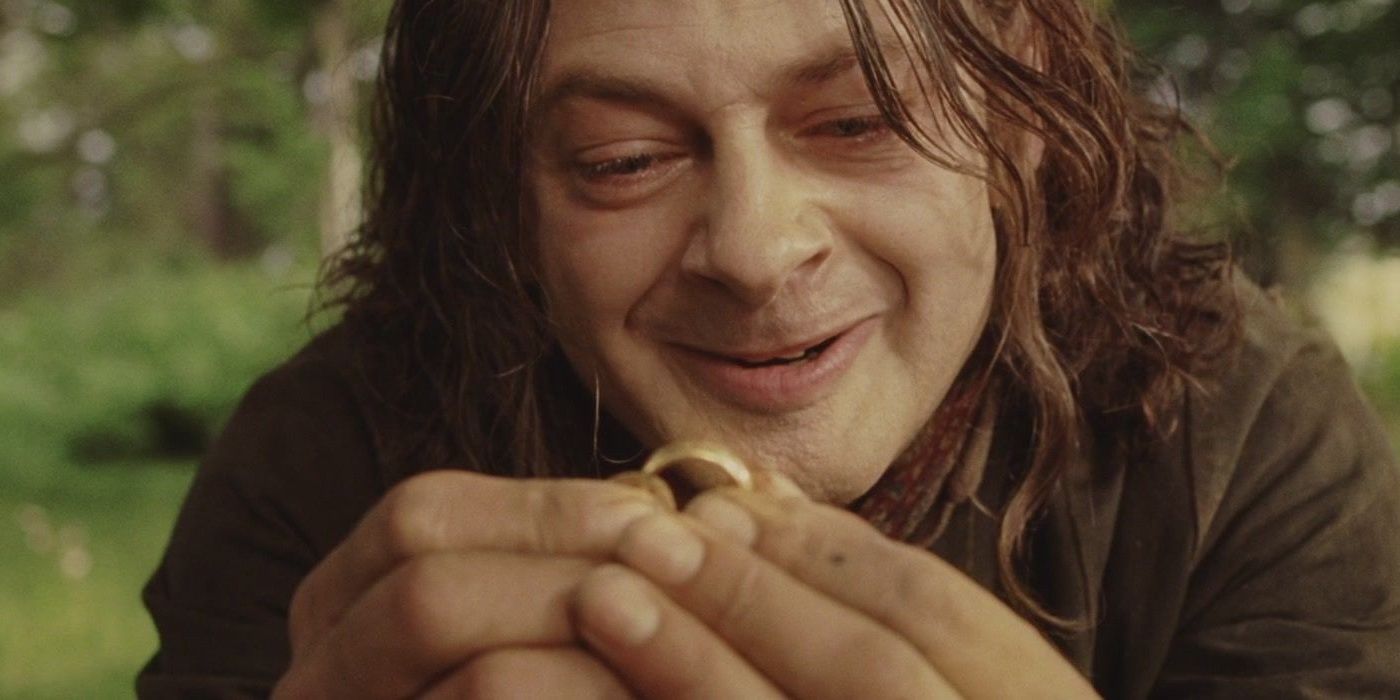During Peter Jackson’s 2001 film adaptation of The Fellowship of the Ring, at Bilbo Baggins’s long-awaited 111th birthday party, he gives a speech to the many hobbits in attendance: Bagginses and Boffins, Tooks and Brandybucks, Grubs, Chubs, Hornblowers, Bulgers, Greyskulls, Bracegurdles and Proudfoots (or Proudfeet!) But where did these illustrious families come from, and how did they end up in The Shire?
The answers to the question surrounding the lineage of these peace-loving beings, can be found by delving into the prologue of Tolkien’s The Lord of the Rings books, ‘Concerning Hobbits, and other matters.’ Here Tolkien introduces the origin of the creatures, dating right back to the etymology of the Halflings (so-called because they are on average half the size of the race of Men in stature). The stories we know and love of Middle-earth are predominantly set in the Third Age, by which time the hobbits have found a peaceful existence within Eriador, home of the Shire and Bree. But before the settlement among the green hills, the hobbits were scattered across the lands, existing in bloodlines of three different denominations of their species.
The Harfoots
The first, known as Harfoots (after their hairy feet) were agrarian lovers of the land, farmers at heart who loved wide open spaces and green pastures. They were not very good swimmers, and were more fearful of the water, believing deep lakes and rivers to hold secrets and unforeseen dangers. They were the original hobbits to settle in the shire, having traveled from the foothills of the Misty Mountains where they maintained strange dealings with dwarves throughout the Second Age. It is the Harfoots love of nature and things that grow, that inspires the notion of hobbits as ‘quaint’ and ‘childlike’.
The Fallohides
Next to settle in Hobbiton were the Fallohides (known for their paleness) who were the social elite of sorts. They were wealthy, prestigious families, and brought with them the love of fine food, and of companionship with their kin. The Fallohides are the tallest of the three breeds of hobbit, standing half a foot taller than the more numerous Harfoots. They were deemed ‘troublemakers’ by their kin, who found their hunting, fearlessness, and frivolousness disturbing, traits that they learned from their closeness with the race of Elves, who taught them to read, record their histories, and use long-distance weapons. This is the family line from which Bilbo and Frodo get their adventurous streak. It is also how the two are related to Peregrin Took (affectionately nicknamed Pippin) through the Old Took, a common ancestor of the Fallohide genus.
The Stoor
And the final species were the Stoor (the strongest of all the Halflings) alternatively called 'Riverfolk' who were known above all for their love of rivers. Unlike the other denominations of hobbit, the Stoors liked to build their holes on the river's edge and were most comfortable when out in their boats on a warm sunny day. They were considered rather peculiar among hobbits due to their habit of wearing shoes, and their love of games and riddles. The Stoors originally settled in Dunland, north of the shire, before making their way down to join the other two breeds of hobbit. Many of the hobbits residing in Buckland during the Third Age, during which the Lord of the Rings books and film adaptations are set, came from Stoor descent, including the family line from which Merriadoc Brandybuck (more commonly known as Merry) stems.
It is worth noting that the creature Gollum, formerly known as Smeagol, who guides Frodo and Sam through Mordor in the Return of the King, is believed to be of Stoor descent, belonging to the ‘Riverfolk’ denomination of hobbits who love to be near the water. He is depicted in the opening sequence of Return of the King, sitting in a beautifully carved boat with his cousin Deagol, wearing an ornamental button-down jacket and cravat, which makes it easy to believe that he is a hobbit. The idyllic scene, with dappled sunlight filtering through the surrounding trees, a calm and peaceful reflection that lies on the water, and the shared joy among the two companions, speaks to all of the comfort and simplicity of a hobbit’s life.
On the other hand, although Tolkien provided in Appendix C of the book of The Return of the King, a list of family trees of some of the most relevant and well-known hobbits from both books and films, many of the memories and the histories of the origin of hobbits was lost as the three groups intermingled and bred with one another throughout the Third Age, so there are very few hobbits left in Middle-earth containing only one single bloodline. Most of the hobbits in the shire are an amalgamation of all three. Lord of the Rings fans world wide are excited to see the portrayal and representation of hobbits in the up-and-coming Lord of the Rings TV Series on Amazon, and how it may differ from Peter Jackson's take on these very special creatures.




